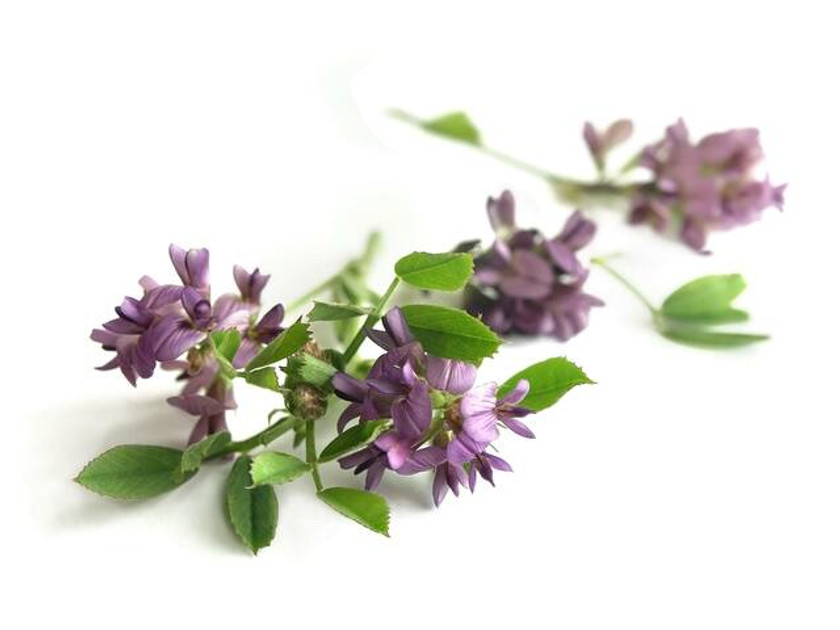What is Alfalfa?
Posted by DrNatura on Mar 31st 2022
Alfalfa (Medicago sativa)
Indigenous to the Mediterranean, this plant is now cultivated throughout the world.1 The entire flowering plant can be used medicinally, as can the germinating seeds.2
What it is used for: Alfalfa alkalizes the body and aids in its detoxification, acts as a diuretic, anti-inflammatory and antifungal agent, balances healthy blood sugar and promotes pituitary gland function.3 It has been known to be used in various treatment protocols.4 An incredibly nutritive herb, alfalfa is also anti-rheumatic.5 It is also antilipidemic and exhibits prolactin-inhibiting effects.6
Research Highlights: One study with diabetic mice confirmed that alfalfa exhibits blood sugar lowering effects.7 In another study, a derivative of alfalfa cured skin lesions of guinea pigs infected with a fungus (Trichophyton mentagrophytes); similar research showed it was effective as a treatment for candidiasis.8
----
Disclaimer: This information is meant to be used for educational purposes. These statements have not been evaluated by the Food & Drug Administration. These ingredients and DrNatura is not intended to diagnose, treat, cure or prevent any diseases.
As with any medical information on health, it is always best to check with your personal physician who knows your medical history best since they are more qualified in giving you the best recommendation. Our information, advice or recommendation is not intended to be a substitute for professional medical advice, diagnosis, or treatment. Always seek the advice of your physician or other qualified health provider with any questions you may have.
References:
1. PDR For Herbal Medicines, 3rd ed. (2004). Thompson PDR, pg. 11.
2. Ibid.
3. Balch, P. & Balch, J. (2000). Prescription for Nutritional Healing, 3rd ed., Avery Publishing, pg. 88.
4. Ibid.
5. Mowrey, D. (1986). The Scientific Validation of Herbal Medicine, Keats Publishing, pg. 2.
6. PDR For Herbal Medicines, 3rd ed. (2004). Thompson PDR, pg. 11.
7. Ibid.
8. Ibid.


